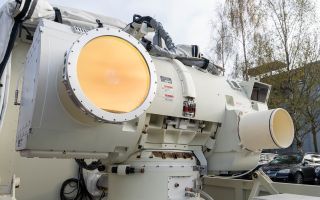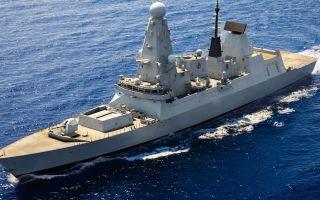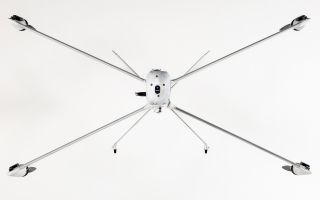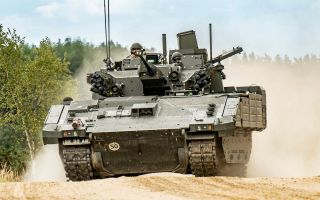Lockheed Martin loses sixth-gen fighter bid – but forges ahead with F-35 plus programme
What does the F-35 upgrade have in common with a Ferrari?
According to Lockheed Martin's chief executive officer, the company plans to treat the F-35 Lightning II to an upgrade akin to a supercar.
This upgrade will create the F-35 "fifth gen-plus" – a new and improved fighter jet with advanced stealth capabilities, new weapons and possibly an unmanned piloting option – all within the next three years.
The company's original pitch was different.
Lockheed Martin developed these new technologies as part of its bid to build the sixth-generation Next Generation Air Dominance (NGAD) fighter.
However, the US Air Force went with Boeing's proposal instead and President Trump announced that the new warplane would be called the F-47.
"The F-47 will be the most advanced, most capable, most lethal aircraft ever built," he said.
But that is not stopping Lockheed Martin.
The defence company is planning to create an upgrade that will draw on 80% of the F-47's capability.
Lockheed Martin has not gone into specifics, saying the information is classified.

But here is what we know already.
The firm is going to use the technology to make the F-35 Lightning II fighter jet more capable – and at half the cost of the NGAD.
The F-35's body shape and its stealth coatings will be adapted to evade infrared and radar signals better, while the engine's outflowing nozzles will be altered to make it stealthier.
It will also have better electronic warfare capabilities, networking and autonomy, making it pilot-optional.
Some of the weapons designed for the sixth-generation bid could be used in the F-35 arsenal, according to Lockheed Martin's CEO.
These could include directed energy weapons like lasers, hypersonic weapons and new air-to-air missiles.
The fifth-generation plus F-35 will integrate the AGM-158 strike systems – the Joint Air-to-Surface Standoff Missile and a precision-guided intelligent anti-ship missile – the Long-Range Anti-Ship Missile.
There are also plans to upgrade the infrared systems for long-range target detection, sixth-generation tracking systems and long-range weapons.
The new sensors would allow the jet to detect threats at a greater distance without alerting the enemy to its location.
They are also looking at ways it could better interact with other aircraft, including the sixth-generation planes, drones such as collaborative aircraft and other technologies as part of the "family of systems" concept.
What makes the F-35 so capable?
The F-35s can travel at supersonic speed – at Mach 1.6 – that is 1,200 miles per hour.
It is manned by one pilot.
It can reach a maximum altitude of 50,000ft and has a maximum weapons payload of 18,000lbs.
It has a 40,000lb thrust with reheat, which means it can burn fuel after the engine's main combustion cycle – making it more powerful for take-offs, combat manoeuvres and rapid acceleration.
It is equipped with Pratt and Whitney's F135 turbofan engine, which is deemed the most advanced integrated engine control system ever made.
The F-35's advanced electronic warfare system allows pilots to engage or jam electromagnetic threats.

It is an advanced multi-role fighter that comes in three variants.
The F-35A was built for conventional take-off and landing.
The F-35B is an STOVL, or short take-off and vertical landing aircraft.
The F-35C has a larger wing, reinforced landing gear and a specialised tail hook for landings on aircraft carriers with a catapult and trap system.
Despite Lockheed Martin losing out to rival Boeing, its message is clear: the fifth generation can still evolve - and it plans to lead that evolution.









